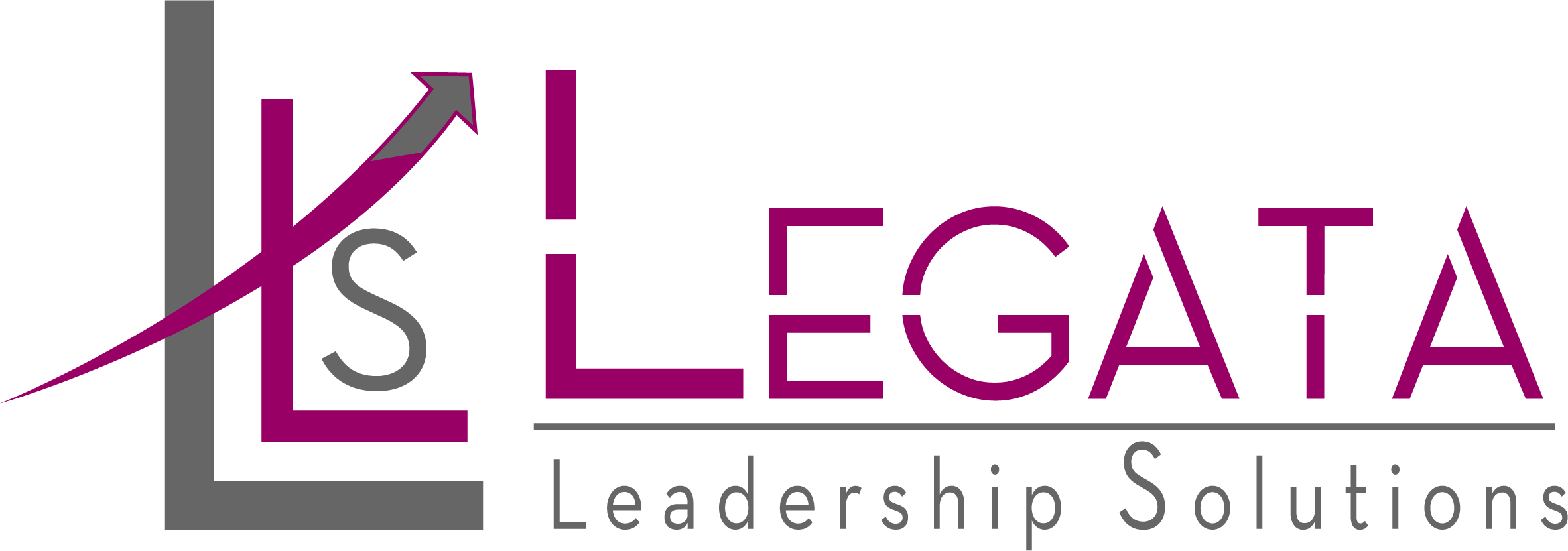As one year draws to a close and another begins, it’s natural for business leaders to reflect. This period of transition can serve as a pivotal moment for evaluating and recalibrating your business strategy. While your current approach may still be yielding results, the question remains: how can you determine if it’s time for a strategic overhaul? Below are several key indicators that signal a potential need for change.
1) Changes in Organizational Goals
A foundational responsibility of leadership is to ensure that your team remains aligned with the broader organizational objectives. When a CEO or a senior leader in your line shifts their strategic focus or realigns priorities, it presents an opportunity to reassess your own strategy. Similarly, any change in leadership often signals strategic changes. In such times, it is prudent to pause and realign your strategy accordingly.
2) Feedback from Stakeholders
Engaging with your stakeholders is essential—after all, they often provide the most insightful feedback. Regularly soliciting input from employees, customers, and partners can reveal perspectives on the effectiveness of your strategy. Look out for patterns in customer complaints, especially when feedback aligns across various stakeholders. If you sense a consensus emerging about the need for change, it might be time to take action.
3) Changing Market Dynamics
The business landscape is in constant flux, driven by evolving market trends, shifting customer preferences, and new competitors entering the fray. If you start to notice significant changes in these areas, consider it a strong signal that your strategy may need refreshing. Staying alert to advancements in technology and alterations in customer expectations can help you keep pace in a competitive environment.
4) Declines in Performance Metrics
Key performance indicators (KPIs) serve as vital signposts for any organization, offering measurable insights into sales, profit margins, employee engagement, and customer satisfaction, etc. If you detect downward trends in these areas, it could indicate that your strategy is no longer hitting the mark. Regular monitoring of these metrics is essential; if they start to dip, don’t hesitate to review your strategy.
5) Social, Economic, or Regulatory Shifts
The impact of social, economic, or regulatory changes can significantly affect your leadership role, depending on your industry and/or function. Take the time to reflect on which of these factors are most pertinent to your business and monitor them closely. Economic downturns or major regulatory shifts can be telltale signs that it’s time to revisit and adjust your strategic approach.
Routinely assessing your business strategy is vital for long-term success. It’s not merely a reactive measure but a proactive approach that fosters resilience and adaptability in the face of change. As we step into a new year, consider this an invitation to reflect. By aligning your strategy with current realities and future ambitions, you pave the way for enhanced performance and sustainable growth.

